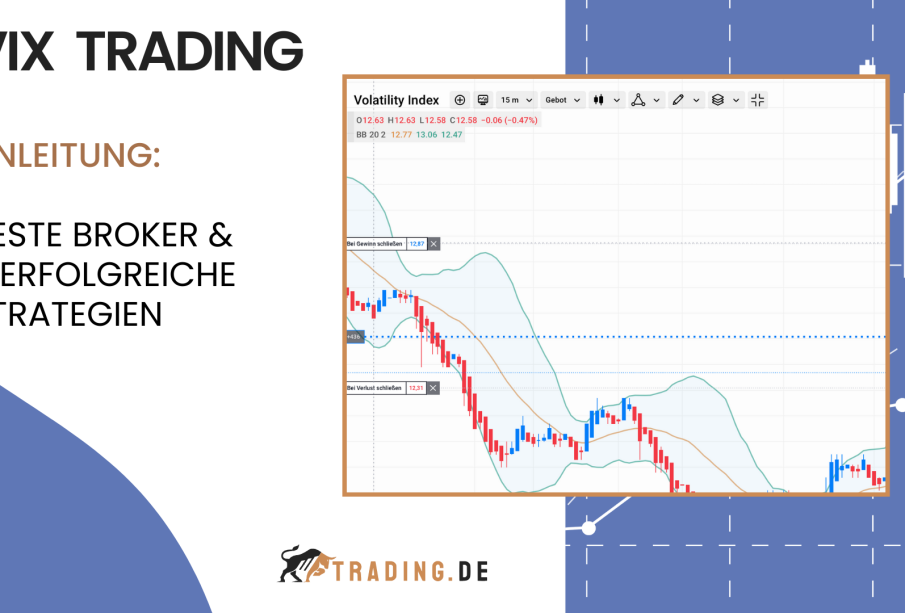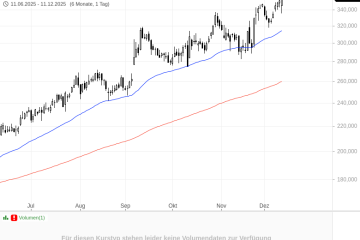Understanding the VIX Index and Its Impact on Markets

Introduction
The VIX Index, also known as the Volatility Index, is a crucial barometer of investor sentiment and market volatility. Primarily used to gauge fear and uncertainty in the stock market, the VIX has gained significant attention in light of recent fluctuations in global markets. Understanding the VIX is especially relevant for both seasoned and novice investors as it can guide investment decisions amid turbulent market conditions.
What is the VIX?
Created by the Chicago Board Options Exchange (CBOE), the VIX measures market expectations of near-term volatility based on S&P 500 index options. A higher VIX value indicates greater expected volatility, often correlating with market downturns or increased uncertainty, while a lower value signifies a more stable market environment. The VIX is often referred to as the ‘fear gauge’ because it reflects how much volatility traders expect over the next 30 days.
Current Trends and Events
As of October 2023, the VIX has shown notable fluctuations amidst ongoing economic challenges, including inflation concerns, rising interest rates, and geopolitical tensions. Recently, the index spiked to a high of around 30 following news of potential interest rate hikes by central banks worldwide. Such developments have led to an unsettled market environment, prompting investors to seek refuge in safer assets.
Furthermore, analysts observe that changes in the VIX can often precede significant market movements. For instance, when the VIX rises sharply, it may signal that a market downturn is imminent, leading investors to adjust their portfolios accordingly. Conversely, a declining VIX could indicate a stabilising market, encouraging investment into riskier assets.
Using the VIX for Investment Strategies
Investors utilise the VIX in various ways. Some may opt for VIX-related exchange-traded products (ETPs), which allow them to speculate on future volatility directly. Others use the index as a component of a broader risk management strategy. By monitoring the VIX, traders can decide when to hedge their portfolios against potential declines.
Conclusion
In conclusion, the VIX Index serves as a critical tool for understanding market sentiment and volatility. With continuous shifts in economic indicators and global events, the significance of the VIX has become increasingly pronounced. For individual investors and portfolio managers alike, keeping an eye on the VIX can provide valuable insights that help navigate through periods of uncertainty and market changes. As we move forward, understanding the dynamics of the VIX will remain essential for anyone looking to engage with the financial markets effectively.









